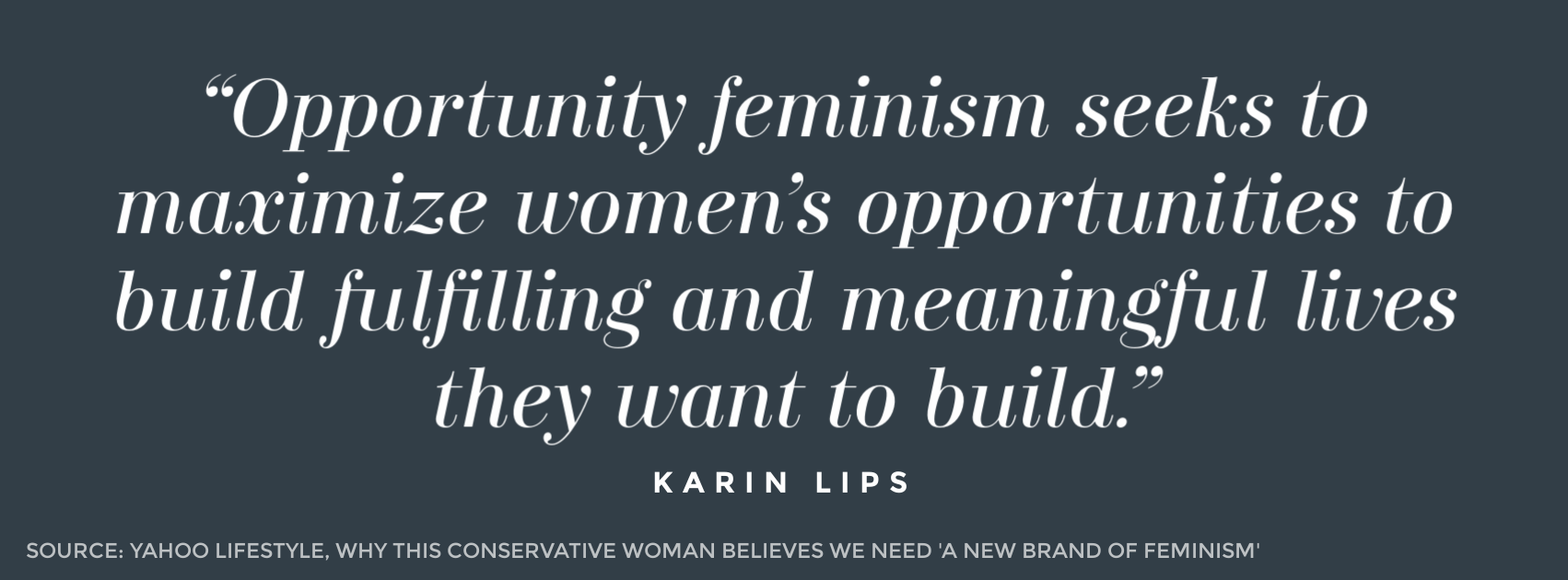The Women’s March isn’t about uniting women. It’s about hating Trump
This article originally appeared in the Washington Examiner.
What unifies participants in the Women’s March isn’t that they are women, but that they share a dislike of President Trump and support for liberal causes.
Saturday marked the fourth annual Women’s March in Washington, D.C., and cities around the country. Unlike the first Women’s March in 2017, which tried to brand itself as representing all women, this march was explicitly political.
In addition to a march in the streets, the march in the district included a week of sessions such as, “Why Women Lead on Climate,” “Reproductive Rights, Health and Justice & The 2020 Landscape,” and “Solidarity and the Immigration Justice Movement.” A session on Iran, “No War With Iran!” is described as “Women’s March and our allies are joining together to demand that Congress stop Trump from going to war with Iran, and we need your help.”
Signs read, “Trump is a dope and a baby,” “Trump/Pence out now,” and “See you at the voting booth,” among others. Protesters stopped outside of Trump International Hotel.
The Women’s March started in the wake of Trump’s election and became symbolized by pink pussy hats in response to his infamous comments about women.
This was before the #MeToo movement and could have marked the beginning of a women’s movement that cut across politics on the treatment or advancement of women.
Instead, energy is down for the Women’s March. The 2017 march gathered hundreds of thousands of people in Washington, while the permit for this year’s march allowed for up to 10,000 people. Personally, I didn’t even hear about this year’s march until the week of the event.
In an article in the Washington Post, participant Joann Edmunds said, “This is the last Women’s March we’re going to need because Trump is going to be gone by this time next year.”
This comment summarizes the focus of the Women’s March effort these days. The Women’s March isn’t about finding common cause among women to benefit all women. If it was, then Women’s March leaders might be talking about issues such as ending sex trafficking, stopping the practice of female genital mutilation, or improving education. There are plenty of unifying issues. Wouldn’t it be more productive to try to get the president to move on these issues?
Next time you hear someone talking about the Women’s March, you should remind them that it isn’t, in fact, a march for women but instead a Liberal Women’s March or Anti-Trump March. Either of those names would be more accurate for a movement that only welcomes one set of views.


